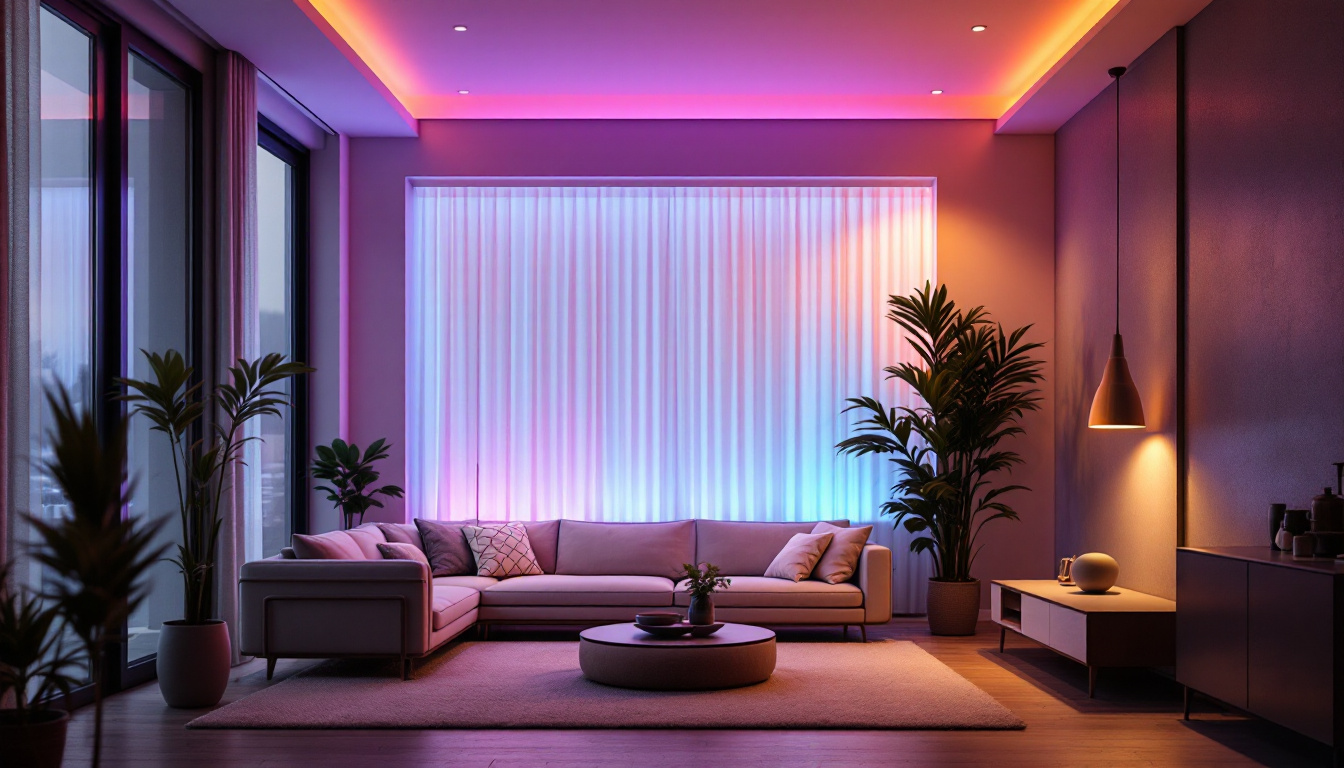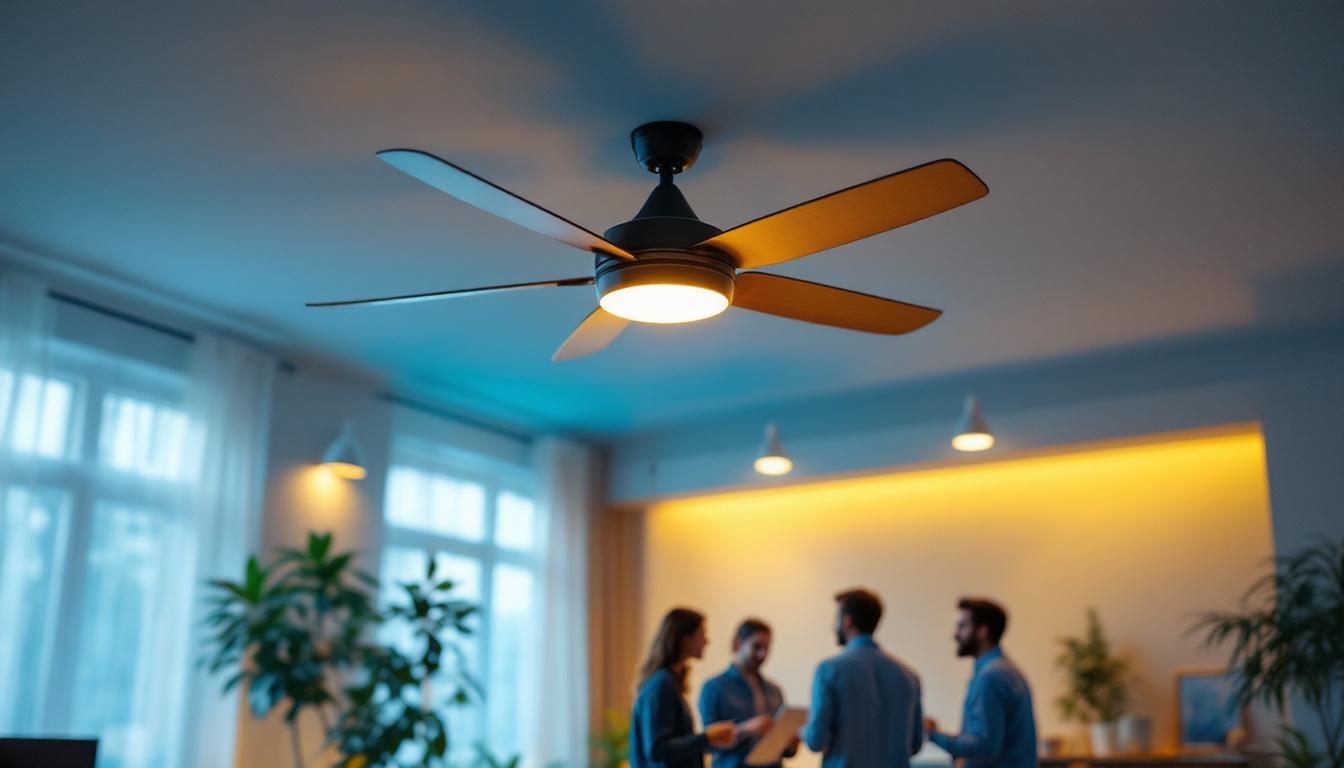
Pendant lighting has emerged as a favored choice for both residential and commercial spaces, offering not only aesthetic appeal but also energy efficiency. As lighting contractors, understanding the nuances of pendant lighting can significantly enhance the value you provide to your clients. This article delves into the elegance of pendant lighting, its energy-efficient benefits, and how to select the right fixtures for various environments.
Pendant lights are versatile fixtures that can transform any space, from kitchens to dining areas and even commercial settings. Their design allows for a variety of styles, ranging from rustic to modern, making them suitable for diverse interior themes.
One of the most appealing aspects of pendant lighting is its design versatility. Available in various shapes, sizes, and materials, pendant lights can complement any décor. Whether your clients prefer sleek metal finishes, colorful glass, or natural wood, there is a pendant light to match their vision.
Moreover, pendant lights can be grouped in clusters to create a statement piece, or used individually for a more subtle effect. This adaptability allows contractors to offer personalized solutions that cater to the unique preferences of each client.
In addition to their aesthetic appeal, pendant lights can also be customized with different bulb types, such as LED, incandescent, or even smart bulbs, which can be controlled via mobile apps or voice commands. This modern twist not only enhances energy efficiency but also adds an element of convenience and innovation to the lighting design. The ability to adjust brightness and color temperature allows homeowners to create the perfect ambiance for any occasion, from a cozy dinner party to a lively gathering.
Beyond aesthetics, pendant lighting serves practical purposes. It provides focused illumination, making it ideal for task lighting in kitchens or workspaces. By strategically placing pendant lights, contractors can enhance visibility and functionality in critical areas.
Additionally, pendant lights can be used to delineate spaces within open floor plans, creating a sense of intimacy without the need for physical barriers. This feature is particularly beneficial in modern homes and commercial spaces where open layouts are increasingly popular.
Furthermore, pendant lighting can also contribute to energy savings when paired with energy-efficient bulbs and smart technology. By utilizing dimmers or programmable timers, homeowners can reduce energy consumption during off-peak hours or adjust lighting levels based on natural light availability. This not only promotes sustainability but also enhances the overall user experience, allowing for a seamless transition between different activities throughout the day.
In an era where energy efficiency is paramount, pendant lighting offers an array of options that can significantly reduce energy consumption. By selecting the right bulbs and fixtures, contractors can help clients achieve their sustainability goals while maintaining an elegant aesthetic.
When it comes to energy-efficient pendant lighting, the choice of bulbs is crucial. LED bulbs are an excellent option, as they consume significantly less energy compared to traditional incandescent bulbs. They also have a longer lifespan, which means less frequent replacements and reduced waste.
Furthermore, LEDs are available in various color temperatures, allowing clients to choose the ambiance they desire. From warm, inviting tones to cooler, more energizing hues, the right LED bulb can enhance the overall atmosphere of a space. Additionally, many LED options now come with adjustable brightness settings, providing even more versatility. Clients can create the perfect mood for any occasion, whether it’s a cozy dinner party or a lively gathering, all while being mindful of their energy consumption.
Integrating smart lighting solutions into pendant fixtures can further enhance energy efficiency. Smart bulbs and fixtures allow for remote control, scheduling, and dimming capabilities, enabling clients to optimize their lighting usage based on their needs.
For instance, pendant lights can be programmed to dim during the day when natural light is abundant, and brighten in the evening when more illumination is required. This level of control not only contributes to energy savings but also enhances the user experience. Moreover, many smart lighting systems can be integrated with home automation systems, allowing for seamless control through voice commands or mobile apps. This connectivity not only simplifies the management of lighting but also empowers users to monitor their energy usage in real time, fostering a more conscious approach to energy consumption.
Additionally, these smart systems can be equipped with sensors that detect occupancy, ensuring that lights are only on when needed. This feature is particularly beneficial in spaces like kitchens or dining areas, where pendant lights are often left on unintentionally. By incorporating such technology, clients can enjoy stylish lighting solutions that are both functional and energy-efficient, aligning with modern sustainable living practices.
The installation of pendant lighting requires careful planning and execution to ensure optimal performance and aesthetics. Lighting contractors must consider various factors that can influence the effectiveness of pendant fixtures.
Determining the appropriate height and placement of pendant lights is essential for both functionality and visual appeal. A common guideline is to hang pendant lights approximately 30 to 36 inches above countertops or tables. This height allows for adequate illumination without obstructing views.
In spaces with high ceilings, consider using longer cords or chains to create a dramatic effect. However, it is vital to ensure that the lights remain at a height that provides effective lighting without becoming a safety hazard. Additionally, the spacing between multiple pendant lights should be taken into account; a general rule is to space them at least 24 inches apart to prevent overcrowding and to allow each fixture to shine individually. This spacing not only enhances the overall design but also ensures that the light is evenly distributed across the intended area.
Proper wiring is crucial for the safe installation of pendant lighting. Contractors should assess the existing electrical infrastructure and ensure that it can support the additional load of new fixtures. This may involve upgrading circuits or installing new wiring to accommodate the pendant lights.
Additionally, it is essential to follow local building codes and regulations to ensure compliance and safety. This attention to detail not only protects clients but also enhances the contractor’s reputation for quality work. Furthermore, it is wise to consider the type of bulbs being used in the pendant fixtures. LED bulbs, for instance, are energy-efficient and have a longer lifespan compared to traditional incandescent bulbs, making them a popular choice for modern installations. Contractors should also educate clients on the benefits of different lighting temperatures, as warmer tones can create a cozy atmosphere, while cooler tones are better suited for task-oriented spaces.
To maximize the impact of pendant lighting, it is essential to create a cohesive design throughout the space. This involves considering how the pendant lights interact with other elements in the room.
When selecting pendant lights, contractors should consider the existing décor and furnishings. The style, color, and material of the pendant fixtures should complement other elements in the space to create a harmonious look.
For example, a sleek, modern pendant light may clash with a rustic farmhouse table. In such cases, opting for a pendant with a more traditional design or incorporating natural materials can help bridge the gap between styles.
Effective lighting design often involves layering different types of lighting sources. Pendant lights can be combined with ambient lighting, such as ceiling fixtures or wall sconces, to create a well-lit environment that is both functional and inviting.
By layering lighting, contractors can provide clients with the flexibility to adjust the ambiance of a space according to their needs. This approach also enhances the overall aesthetic, making the space feel more dynamic and engaging.
Staying informed about the latest trends in pendant lighting can help contractors offer cutting-edge solutions to their clients. As design preferences evolve, so do the styles and technologies associated with pendant fixtures.
Industrial and vintage-inspired pendant lights have gained popularity in recent years. These styles often feature raw materials, such as metal and glass, and evoke a sense of nostalgia while maintaining a modern edge.
Incorporating these styles into lighting designs can appeal to clients seeking a unique and trendy aesthetic. Furthermore, these fixtures often pair well with exposed brick, wood beams, and other rustic elements, making them versatile choices for various settings.
On the other end of the spectrum, minimalist pendant lights are also trending. Characterized by clean lines and simple forms, these fixtures focus on functionality while maintaining an elegant appearance.
Minimalist designs work well in contemporary spaces where clutter is minimized. They allow for a more open feel, making them ideal for smaller rooms or areas where space is at a premium.
Elegant pendant lighting is not just a design choice; it is a crucial component of energy-efficient lighting solutions. By understanding the various aspects of pendant lighting, including design versatility, energy efficiency, installation considerations, and current trends, lighting contractors can provide valuable insights and services to their clients.
As the demand for energy-efficient solutions continues to grow, embracing pendant lighting can set contractors apart in a competitive market. By offering stylish, functional, and sustainable lighting options, contractors can help clients achieve their vision while contributing to a more energy-conscious future.
Ultimately, the right pendant lighting can enhance any space, making it more inviting and functional. By staying informed and adapting to the evolving landscape of lighting design, contractors can ensure they are well-equipped to meet the needs of their clients.
Ready to elevate your lighting projects with elegant pendant lighting that combines style, functionality, and energy efficiency? Look no further than LumenWholesale. We provide contractors with an exceptional range of spec-grade lighting products at unbeatable wholesale prices. Our commitment to quality and affordability ensures that you can deliver outstanding results to your clients without the burden of inflated markups. Plus, with free shipping on bulk orders, you can enjoy the convenience of premium lighting delivered directly to your doorstep. Don’t compromise on quality or value—choose LumenWholesale for your lighting needs and make every space shine. Wholesale Lighting at the Best Value is just a click away.

Discover expert strategies for lighting contractors with our guide on large exterior mountable boxes.

Discover why dimmable 0-10V lighting systems are essential for any successful lighting project.

Discover how to illuminate your team’s skills in selecting and installing elegant ceiling fans with our comprehensive guide.

Discover expert tips and insights on selecting and installing LED shop lights tailored for lighting contractors.